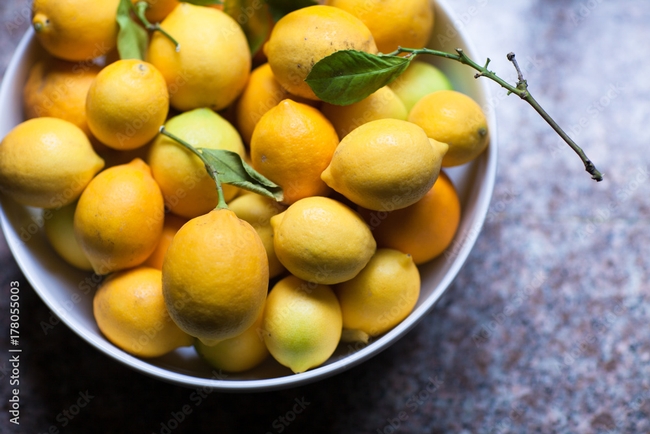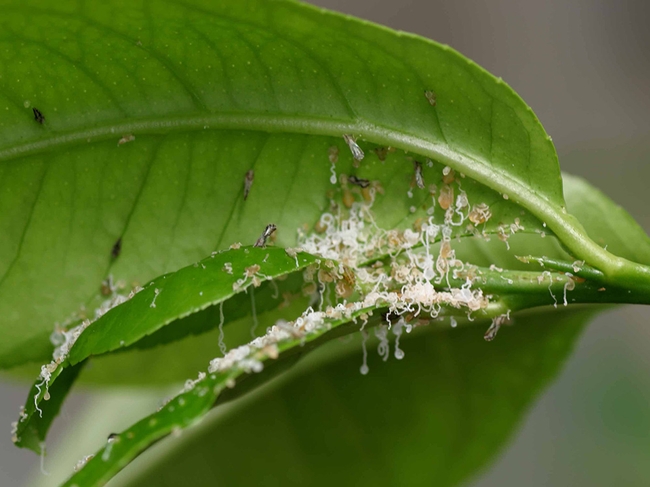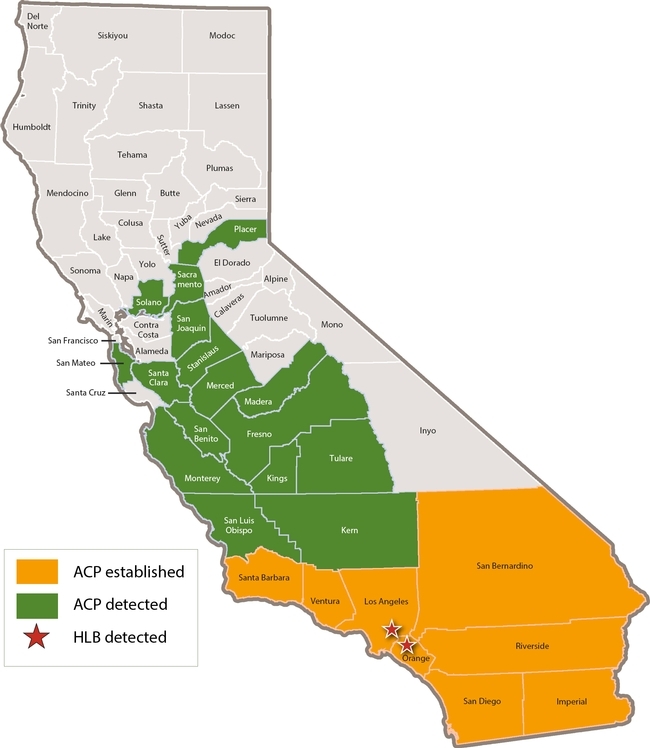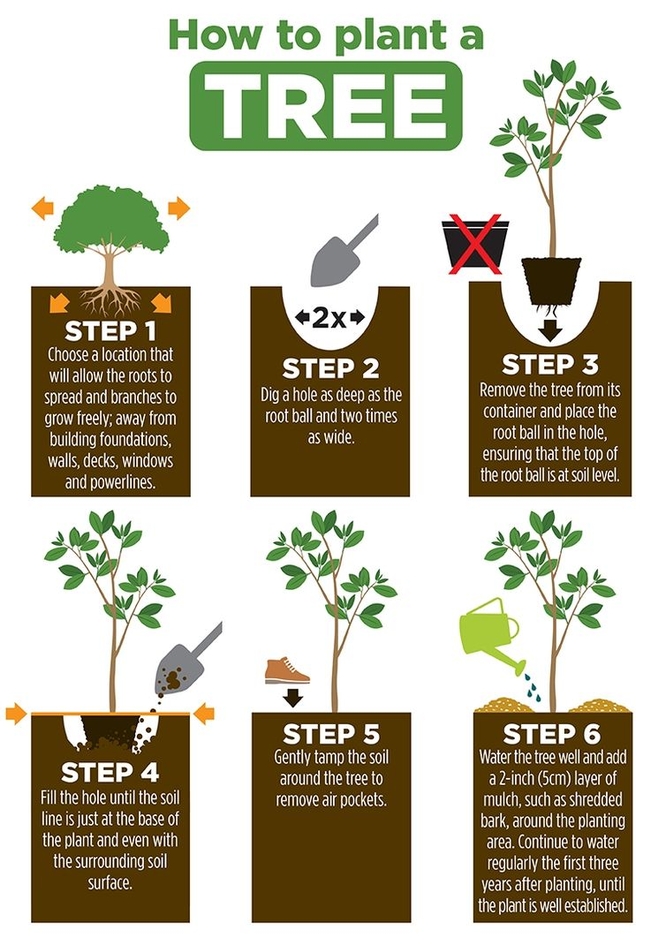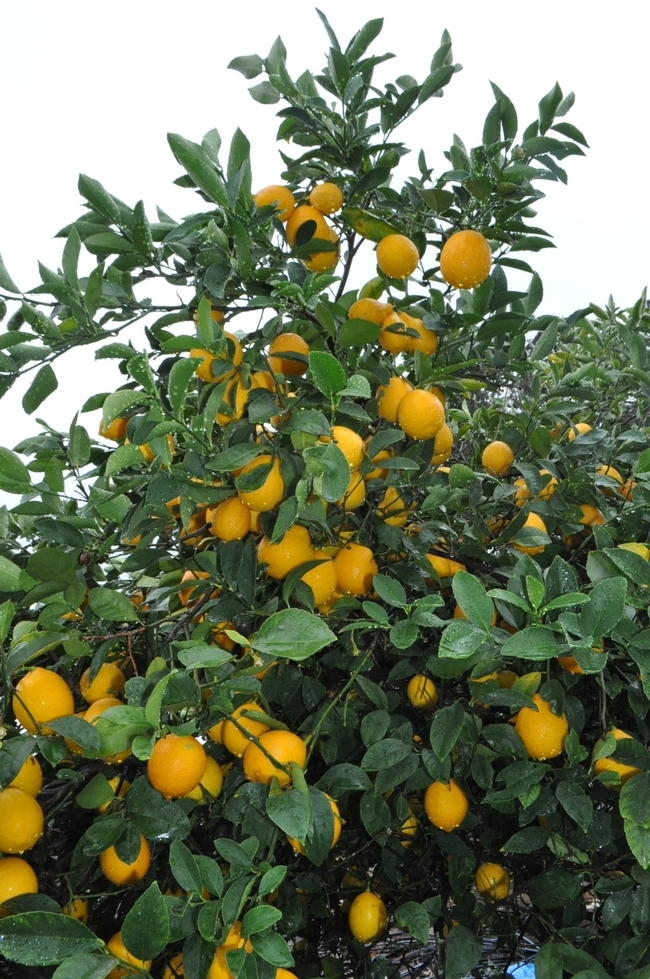- Author: Cindy Watter, UC Master Gardener of Napa County
By Cindy Watter, UC Master Gardener of Napa County
For me, the great question at the plant nursery these days is whether to buy the little plant or the big one. The small ‘Hot Lips' salvias I bought two years ago are fat and fluffy and covered with flowers today. But when you are on the shady side of seventy, you question the value of deferred gratification. As the White Queen said to Alice in Through The Looking-Glass, "The rule is, jam tomorrow and jam yesterday but never jam today." I recently decided to go for the jam today and bought three 5-gallon ceanothus shrubs.
Of course, the very next day I ran into a UC Master Gardener who reminded me that sometimes the big pots can be rootbound, and the compacted roots will stay that way once planted. Sure enough, one of the ceanothus had the twirlies (roots completely entangled in a circle), so I plunked the decanted plant into a bucket of water to loosen the roots, used my fingers to pull them apart, and spread them out in the hole I dug. That was a few days ago and it seems fine.
My new ceanothus ‘Concha' is a hybrid of a California native plant. There are 46 native ceanothus. These are hardy evergreen shrubs that come in several shapes. Some grow over eight feet tall and some spread like groundcover. Colors vary but blue is the most common. Because of that, the plant's nickname is "California lavender."
Ceanothus requires little care once established. I chose this sun-loving plant because my location is sunny, and the plant is robust enough to challenge aggressive blackberry vine. Ceanothus is pretty and attractive to bees, and its seeds will be food for birds later on.
However, the main reason I am planting ceanothus is because, like most native plants, it needs little water to flourish. It cannot be stated too often: we are in a water crisis. That doesn't mean we are limited to river rocks and succulents in our landscaping. By planting California natives and Mediterranean plants (such as lavender and rosemary), we can have beautiful yards and still save water. A yard full of wildflowers uses only 10 to 20 percent of the water needed to maintain a lawn of the same size.
Ceanothus also improves soil health. It is a nitrogen-fixing plant, meaning it adds nitrogen to the soil. It performs this feat thanks to its symbiotic relationship with Frankia, a benign bacterium that lives in its root nodules.
A plant that attracts bees, provides food for birds, feeds the soil and has low water needs is an excellent plant for the California home landscape. What's not to like?
Planting ceanothus couldn't be easier. Just put it in a hole about twice as wide as the root ball and the same depth. The root crown should be an inch or so above the surrounding soil as it will eventually settle. You don't want your plant to be sunken as it can get waterlogged and maybe even drown.
Because ceanothus is a native, you don't need to amend the soil (with one exception, see below). In fact, it does well in poor soil. While it can go weeks without watering once established, it should have some water the first year.
Put some compost around the base of the ceanothus after planting and cover with much but don't let mulch touch the trunk. Shredded redwood bark—as fine as hair—and rotted leaves are good mulches for this plant, as those materials are found in the wild. The compost and mulch will keep water from evaporating too quickly in the first year.
The first watering of the plant is the most important. Ten gallons is not too much. You want to break down any air holes that might be around the roots.
Greg Rubin and Lucy Warren, authors of The Drought-Defying California Garden, suggest adding mycorrhizal inoculum—a type of fungus—to soil when you plant your ceanothus. "Myco" refers to fungus and "rhiza" to roots. The inoculum stimulates the Frankia to produce nitrogen, and it helps ceanothus succeed in harsh conditions. Many ceanothus already contain the inoculum but you can buy it, too. Follow the package directions.
Once your ceanothus is established it will be easy to care for. In fact, it practically cares for itself and will reward you with the native bees and birds it attracts.
What is the downside to planting a large ceanothus? You have to dig a really big hole. Actually, I had to dig three big holes. I had forgotten the most astonishing bit about getting older: Two years will go by in the blink of an eye, and the smaller plants can surpass the big ones in size by that time. Time's wingèd chariot has its good points.
Workshop: Join the UC Master Gardeners of Napa County for a hands-on workshop on “Garden Pest Management” on Saturday, April 30, from 11 a.m. to 1 p.m.,. at Las Flores Community Center, 4300 Linda Vista Avenue, Napa. Bring gloves and wear gardening attire. Event will be canceled in the event of rain. Registration required or register at
https://bit.ly/3v8a7Y7.
Got Garden Questions? Contact our Help Desk. The team is working remotely so please submit your questions through our diagnosis form, sending any photos to mastergardeners@countyofnapa.org or leave a detailed message at 707- 253-4143. A Master Gardener will get back to you by phone or email. For more information visit https://napamg.ucanr.edu or find us on Facebook or Instagram, UC Master Gardeners of Napa County.
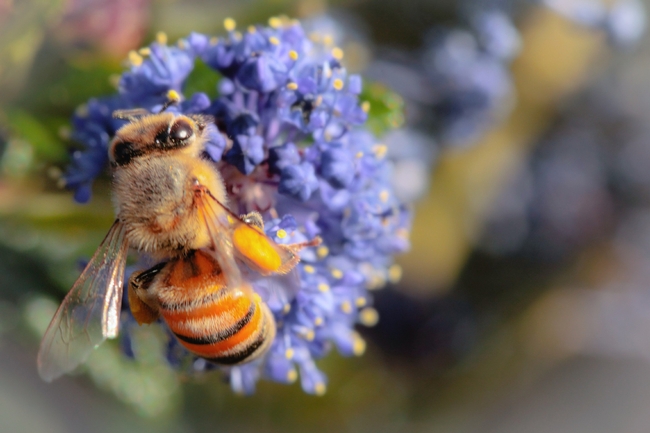
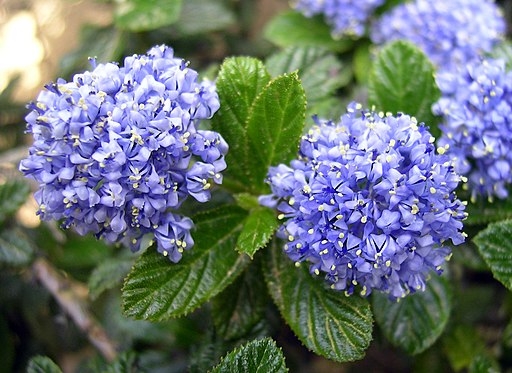
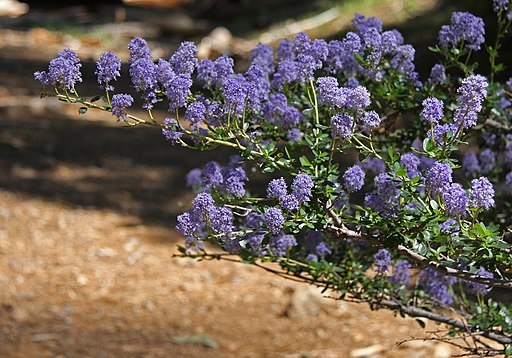
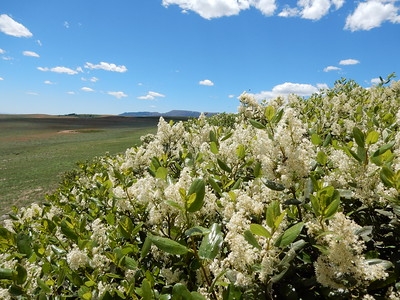
By Yvonne Rasmussen, UC Master Gardener of Napa County
Did you know you can grow lettuce year-round? Generally, lettuce is considered a cool-season crop but some varieties are adapted to warmer weather. With a few tricks, you can keep them cool for year-round harvesting.
Why bother growing your own lettuce? Because there are so many wonderful types, many of which we never see in stores. Lettuces come in myriad colors, shapes, textures and, yes, even flavors. Their fun names tempt you into buying seeds just to see what the results are like. Speckled Trout, Red Sails, Summer Batavia, Little Gem, Summer Crisp—who can resist those?
Read seed packets, seed catalogs and plant labels to find varieties adapted to warm weather. Look for the recommended planting time and length of time to harvest. Some will even regrow after you cut them, so you get even more greens for your money and time.
If you plant from seed, you have more choices, but lettuce seeds are small and can be difficult to spread evenly. If you overplant, you can always thin the young leaves and enjoy the thinnings in salads. Some seed companies sell biodegradable seeding tape with the seed already spaced out for you. Using the tape, you can plant perfect rows of well-spaced lettuces.
You can also make your own seed tape using toilet paper and flour. If you want a fun project, you can find how-to videos for making seed tape online.
The Napa County Master Gardeners have been doing home garden trials on the best planting time for different lettuce varieties. The trials are ongoing but we will report our findings when they conclude.
Lettuces prefer light, fluffy soil and regular watering. They may need some shade when it is really hot. Add compost and a little extra nitrogen just before planting. A little alfalfa meal or other organic source of nitrogen will help them get started and grow strong. Beware that dogs (and some wild critters) may be attracted to bone meal or feather meal.
If you purchase lettuce seedlings, there may be multiple lettuces in each cell. Carefully tease apart the roots and plant the individual seedlings far enough apart—six to ten inches, depending on variety—so they have room to reach full size. Water thoroughly after planting and keep the top 1 to 2 inches moist. Seedlings may need a little extra water until they develop their new roots.
Harvest leaf lettuce from the outside, letting the inner leaves mature. Harvest head lettuce by taking the whole head. Some leaf lettuces can be cut down to the base and, as long as it isn't uprooted, the base will produce more leaves for a second harvest.
You can plant lettuce between other, taller crops that will provide a little shade as both grow. Being shallow rooted, lettuce also works well in containers, and you can move the containers around to take advantage of morning sun and afternoon shade.
Protect young seedlings from snails and slugs with an iron phosphate-based bait. Make sure the product is intended for use on vegetable crops. Protect young seedlings from birds with row cover, a material available at most nurseries. Bury the cloth edges or tack down the corners so birds cannot get underneath.
Some people use overturned plastic berry baskets to cover their baby plants. You may need to pin these down with a small wooden skewer or U-shaped irrigation staples. Once the plants are a few inches tall, it may be safe to remove the baskets. Or maybe not. Depending on how hungry your birds are, you may need to keep seedlings under row covers.
Harvest lettuces in the morning when they are crisp. Wash well, shake out excess water (a salad spinner is a good investment) and refrigerate in a lidded container with a cloth or paper towel to keep them fresh and moist.
If you grow salad greens between your other vegetables, you can enjoy hearty salads from your own garden all summer.
Got Garden Questions? Contact our Help Desk. The team is working remotely so please submit your questions through our diagnosis form, sending any photos to mastergardeners@countyofnapa.org or leave a detailed message at 707- 253-4143. A Master Gardener will get back to you by phone or email. For more information visit https://napamg.ucanr.edu or find us on Facebook or Instagram, UC Master Gardeners of Napa County.
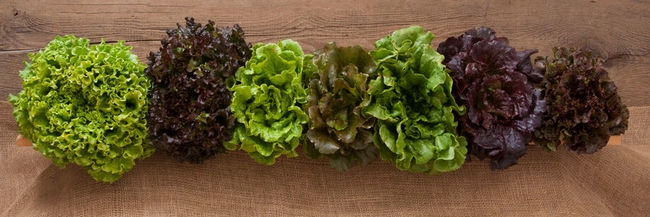
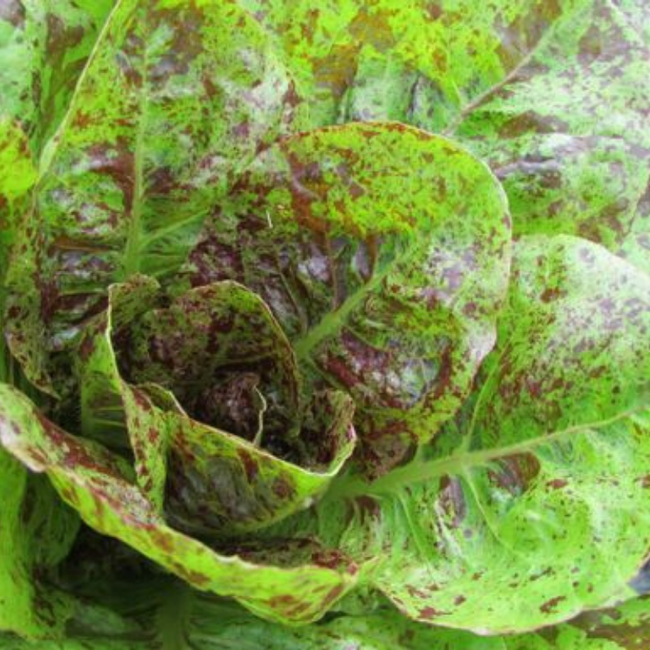
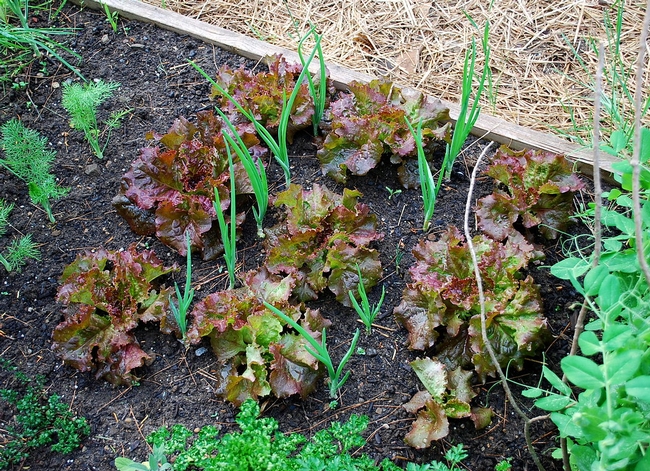
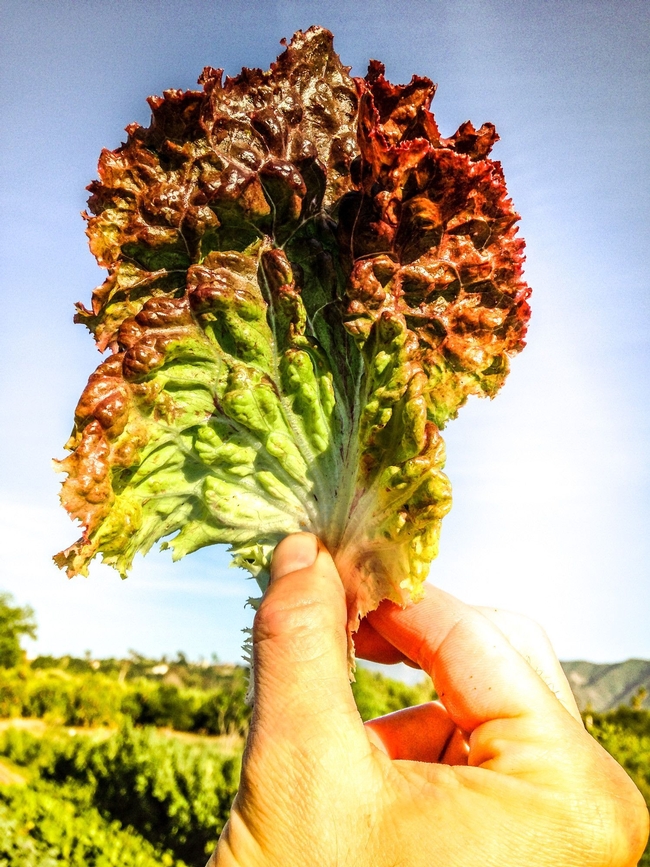
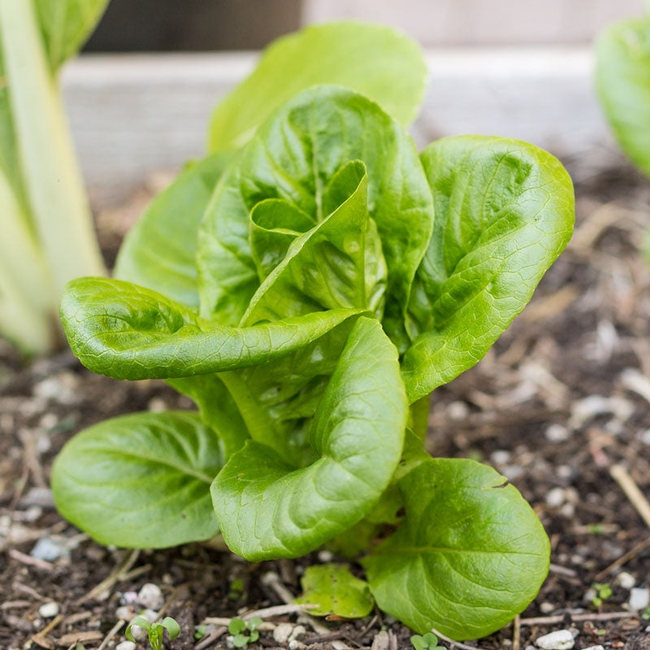
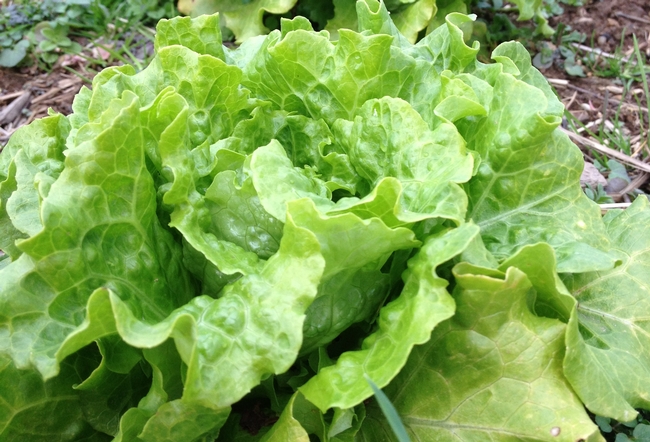
By Cindy Watter, UC Master Gardener of Napa County
The crown jewel of summer's edible garden is the tomato. It really is jewel-like, with so many brilliant hues. It has just as many flavors, too. Whether you crave the sugar-sweet pop of a tiny cherry tomato or the meaty, rich succulence of a fat beefsteak tomato, there is a variety to suit every taste.
Master Gardeners are always present to help you with your selection and give advice about successful tomato growing. See the link to reach us below.
The Master Gardeners ask for customer feedback every year. Which tomatoes did well for you? Which varieties were the tastiest? We use this feedback to decide which seeds to plant for the following year's sale. Visit our Facebook page and tell us all about them. https://www.facebook.com/NapaMG
Or send a photo to our Instagram page. https://www.instagram.com/ucmastergardenersnapaco/
Sun Gold is on the way to becoming the most popular tomato of all time. Its taste is a perfect balance of sweet and tart, and its deep yellow color with a hint of orange is attractive in the salad bowl, if it ever gets there. Most people eat this cherry tomato straight off the bush. It is resistant to pests, too.
Bodacious is a perfect name for a new Burpee variety described as "gorgeous, prolific and disease resistant." It is red, round and large—10 ounces and up—with "heirloom aroma" and an excellent balance of sweet and tart flavors. This is the perfect tomato for your sandwich.
Another first timer for the sale is Gardener's Delight, and it is. This bright red cherry tomato is a German heirloom, sweet and prolific. It will bear fruit all summer long.
It is tempting to plant your tomatoes the minute you take them home, especially if it is a sunny day, but be careful. Tomatoes need warm soil, and Napa can have cold nights well into spring. Remember that your plant has spent its life in a greenhouse. Before planting, put your seedlings outside for a few hours each day to get them used to outdoor light and temperatures.
Plant them when the soil is at least 60°F. Pick a place that gets sun for at least six hours a day. Whether you plant your tomatoes in a container, in a raised bed or in the ground, the soil should be moist to a depth of one foot. You want your tomato seedling to spread its roots and form a good base. Adding compost will improve soil texture, so the plant can easily access water and nutrients through its roots. As a result, you won't need to water as often.
Napa County Master Gardener Jill Pahl suggests planting the tomato slightly sideways, with only the top third of the plant above ground. Every single hair on the tomato stem will form a root if the stem is buried, and that will produce a stronger plant. Remove any flowers before planting. You want the energy to go into forming roots, not fruits, right now.
Mulch around the tomato plant to retain soil moisture. Some gardeners grow peppers and basil alongside tomatoes. Their leaves can shelter the tomatoes and keep them from getting scorched in a heat wave.
Napa County Master Gardener Rich Bruhns plants dozens of tomatoes in containers every year, and his yield is legendary. He makes sure his containers are at least 18" or more deep, uses good potting soil with some nutrients in it and gets new soil each year. he also waters by drip. The size of the container, the bigger the better, and consistent watering is very important when growing in containers. A light potting mix is important for drainage but the plant needs some nutrient too, but not too much. Keep in mind what is in the pot is all the plant has access to get all they need to grow good tomatoes. Once he has his set-up ready, he plants the tomato plant, waters and waits.
Tomatoes do need some nutrients; just follow fertilizer package directions and don't overdo it. If you are worried about deficiencies in your soil, send a soil sample to a lab for an analysis or do a home test kit yourself. The UC Masters Gardener office has a list of suitable labs and home kit are available at local nurseries and garden centers.
Avoid planting tomatoes in the same plot you used last year. When you rotate crops, you discourage diseases and parasites from getting established in your soil. Crop rotation also keeps plants from depriving soil of the same nutrients every year. Consider planting fava beans next fall to restore nitrogen to the soil and to keep your soil loose. Soil gets compacted when left bare.
Tomato plants need support. Put a frame or tomato cage around them the same day you plant them. Don't wait until they are falling over. Determinate tomatoes won't get any bigger after they set flowers. Indeterminate varieties keep growing and producing all summer and into the fall, and the vines will get quite large.
I have used the same Eiffel tower-shaped support for years. You can also make a support with thick dowels and gardener's tape, or even old rags tied to sticks. You can be creative here.
When flowers appear, you can shake them gently to aid pollination. I first heard about this technique a couple of years ago, and it worked. Bonus: it costs nothing.
We are looking at another dry summer. It is time to be miserly with water. Although tomatoes need more water when young, as they get established, they need less. Master Gardener Pat Hitchcock suggests slow, deep irrigation, with as much as a week between irrigation runs.
“I stop watering completely late in summer to save on water,” says Hitchcock. By then the plants have set all the fruits they can ripen by autumn anyway.
Nothing is as delicious as a freshly picked tomato warm from the sun. Enjoy your tomato plants and contact us for help with your tomato garden questions.
Got Garden Questions? Contact our Help Desk. The team is working remotely so please submit your questions through our diagnosis form, sending any photos to mastergardeners@countyofnapa.org or leave a detailed message at 707- 253-4143. A Master Gardener will get back to you by phone or email.
For more information visit https://napamg.ucanr.edu or find us on Facebook or Instagram, UC Master Gardeners of Napa
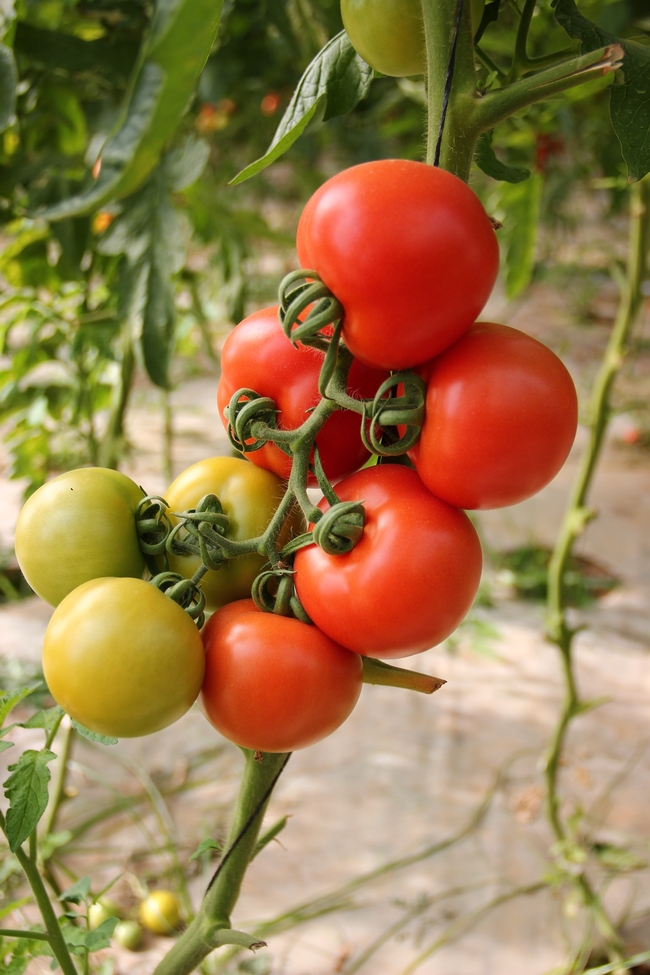
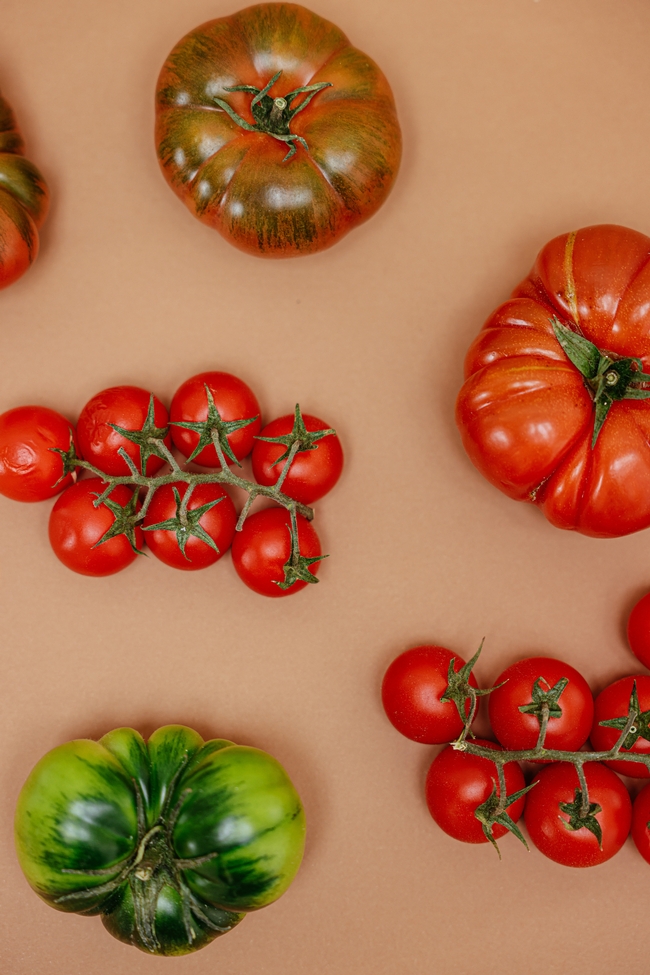
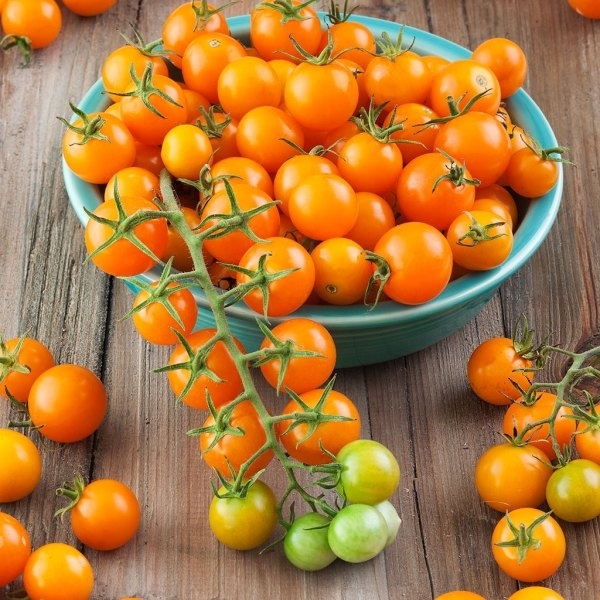

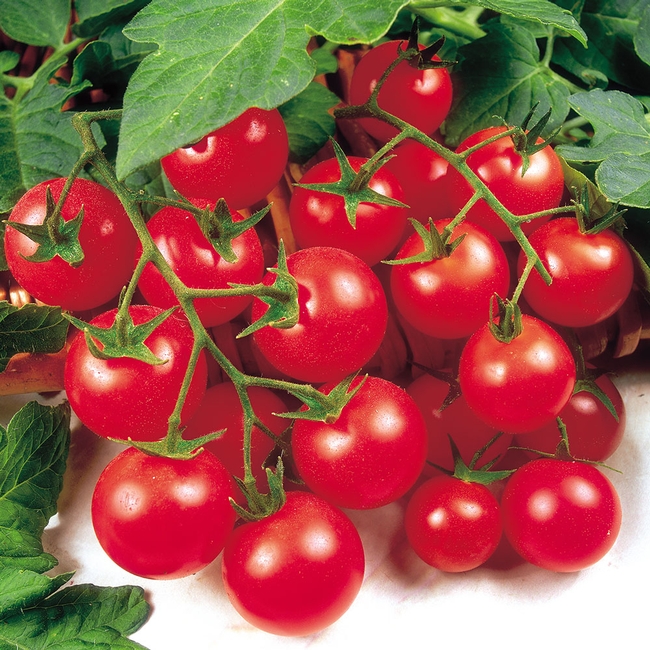
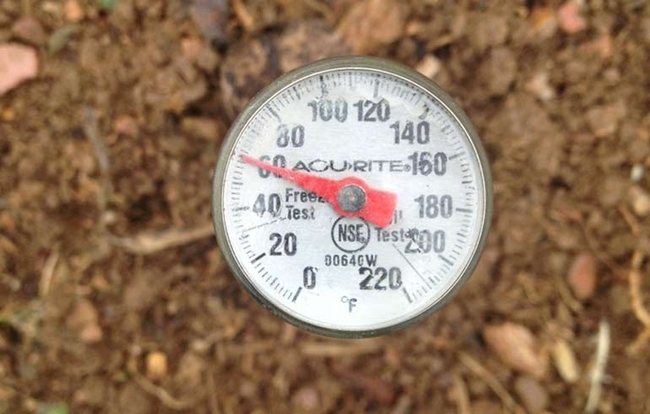
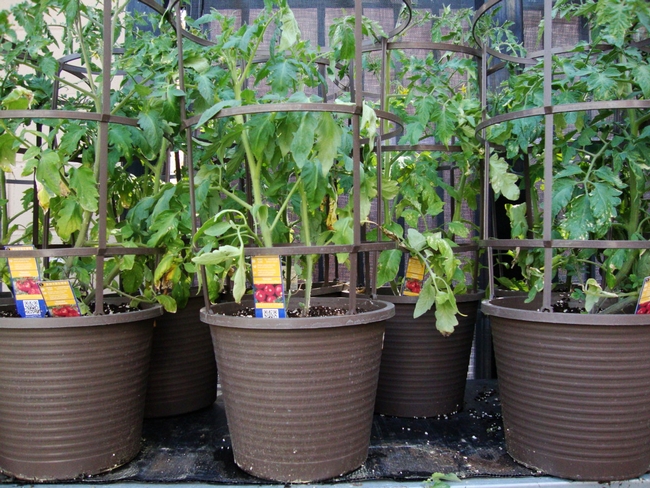
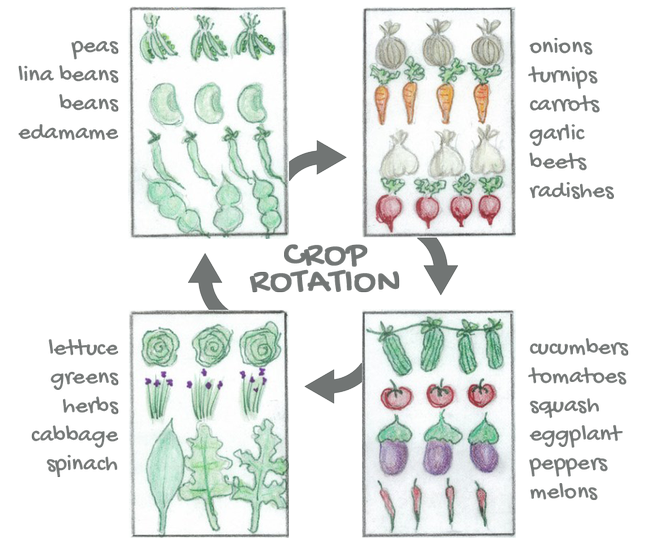
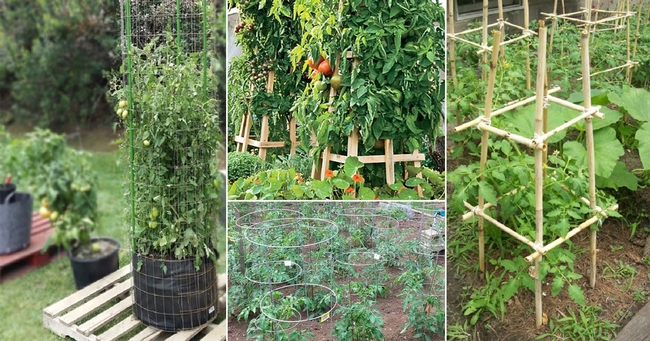
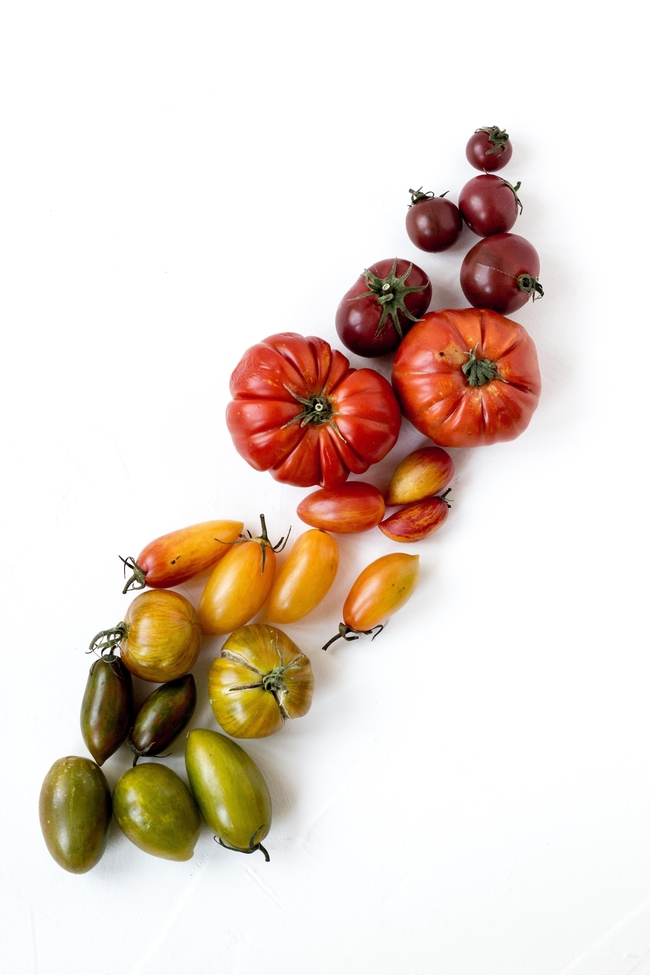
By Penny Pawl, UC Master Gardener of Napa County
Spring is imminent, so it is time to be planning your summer garden. Napa County Master Gardeners will be offering a large variety of organic tomato seedlings for sale on Saturday, April 9. The online sale was on April 3. The varieties were chosen because they do well in Napa Valley, with several new varieties available this year.
Have you considered growing tomatoes in pots? Many people have reported doing this successfully. Here are some tips if you'd like to try it.
First, determine the mature size of the tomato variety so you can pick a pot, bucket or barrel large enough to accommodate the root system. Tomatoes are generally the deepest-rooted plants in a vegetable garden. Also, you need a pot big enough for a tomato cage or other supports.
Make sure the container has enough holes for good drainage as tomatoes don't like wet roots. If you need to improve drainage, drill ¼-inch holes in the bottom of the pots before you add soil.
Because soil can wash out of pots, I line the bottom with newspaper before adding soil. Colored newspaper has clay in the ink so avoid using that. You can also use old window screen.
Tomatoes in containers need consistent watering. The soil in pots dries out quickly. I have found that the soil can be wet on top of the pot and dry at the bottom. When you water, make sure the water is penetrating to the bottom of the pot.
Use a potting soil rich in phosphorus and potassium. You can buy potting soil at nurseries or mix your own. I usually make my own from a mix of sandy loam, perlite or red lava rock and compost. Aged chicken manure is a good addition. Aim for a pH. of 5.5 to 7.5 for the best results.
Once you fill your buckets or pots you probably won't want to move them, so make sure you place them in an area with lots of sun. Tomatoes need sun to be at their best. Put a cage around your tomatoes as soon as you plant them.
You'll need to know whether the varieties you've chosen are determinate or indeterminate types. Determinate tomatoes are probably a better choice for container growing as they stop growing once flowers appear. Indeterminate varieties continue to grow even after the flowers appear. If you want to grow tomatoes in a hanging pot, an indeterminate type is probably the better choice.
I once grew a cherry tomato that was still producing in late November. It was an indeterminate variety that kept growing, flowering and producing tomatoes that I ate right off the plant.
This year, I am planning to try an indeterminate cherry tomato in a hanging pot. I see them in the garden catalogs. When summer ends, I may be able to move the plant to my greenhouse.
If you are planting tomatoes in hanging pots, make sure the hanging wires are strong enough to hold the pot as the tomato matures.
Tomato Sale: Napa County Master Gardeners will hold their annual tomato plant sale on Saturday, April 9, from 10 a.m. to 1 p.m. or until sold out, at 1710 Soscol Avenue, Napa. Twenty-seven varieties will be available.
Got Garden Questions? Contact our Help Desk. The team is working remotely so please submit your questions through our diagnosis form, sending any photos to mastergardeners@countyofnapa.org or leave a detailed message at 707- 253-4143. A Master Gardener will get back to you by phone or email.
For more information visit https://napamg.ucanr.edu or find us on Facebook or Instagram, UC Master Gardeners of Napa County.
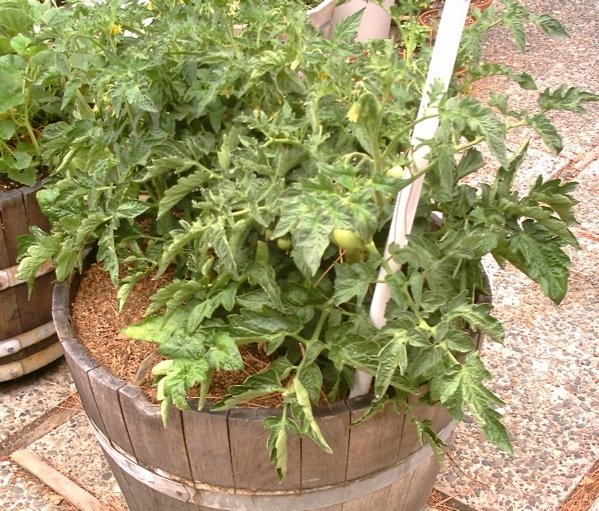
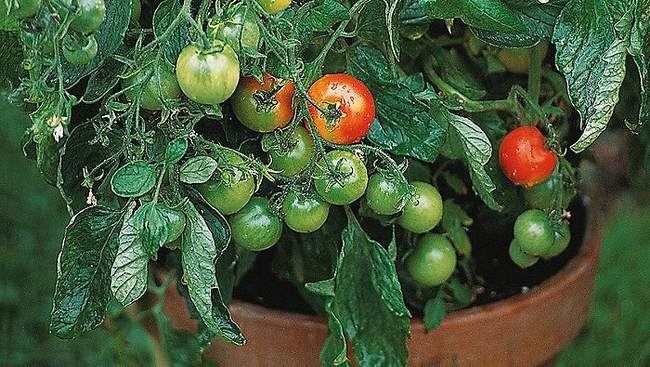
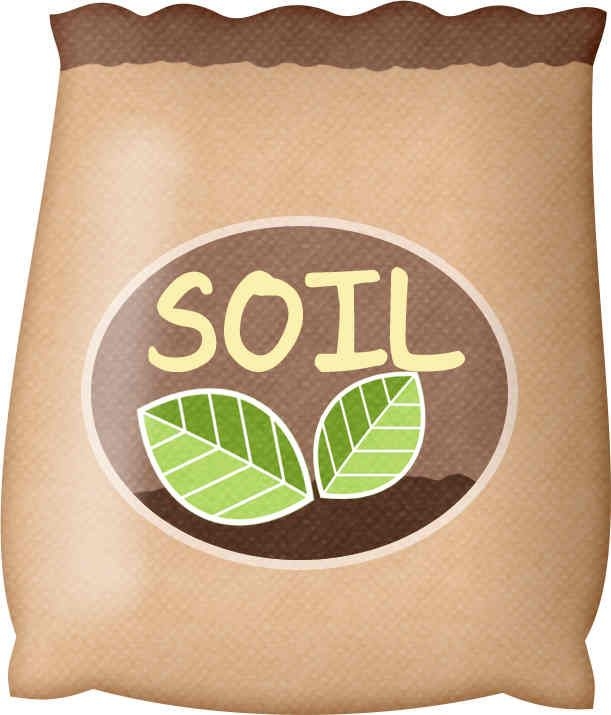

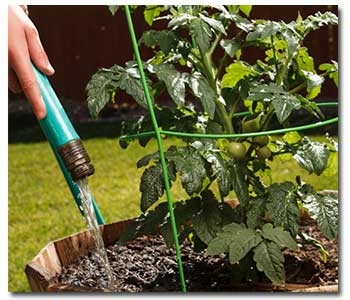
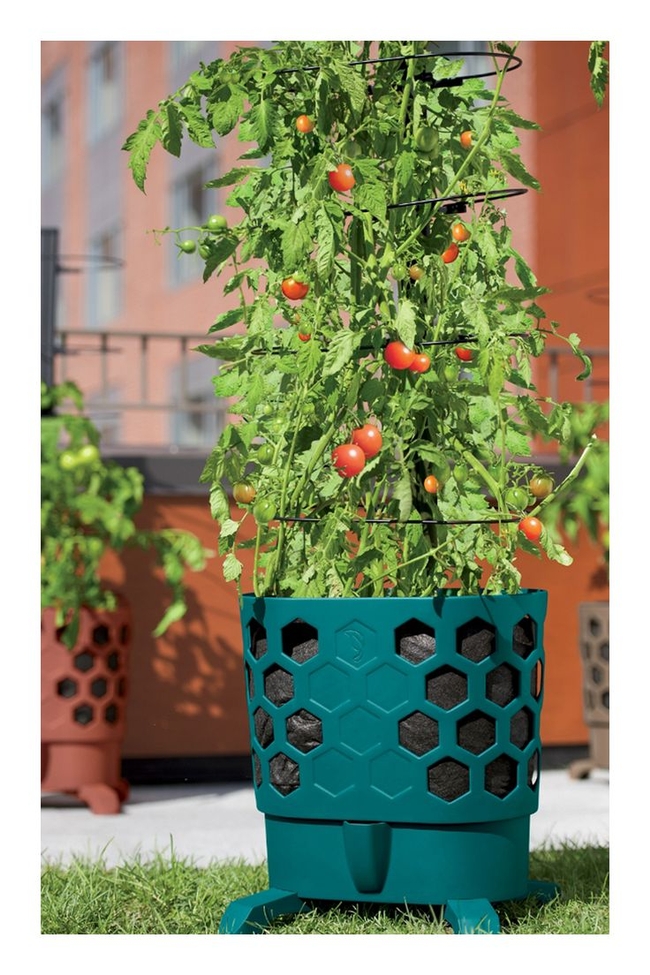
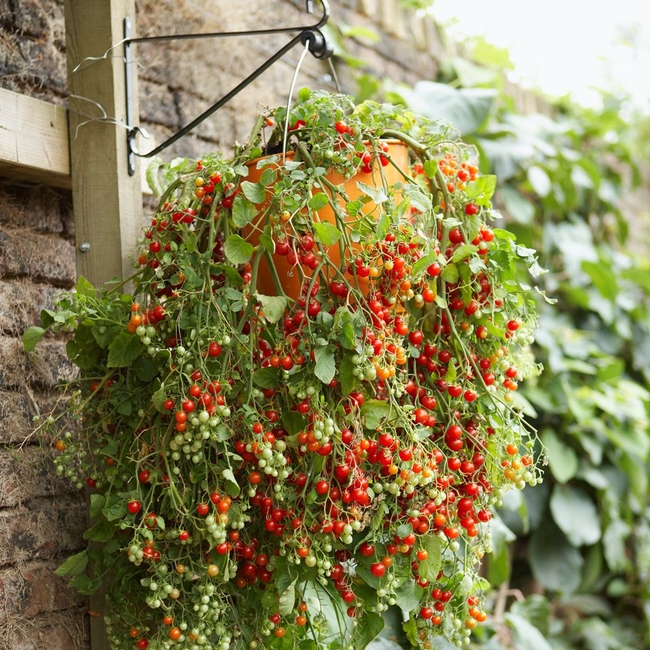
By Cindy Watter, UC Master Gardener of Napa County
One day recently, while I was standing in my yard, a passerby asked me if the lemons on my tree were real. The gentleman was a tourist, and he doesn't see lemons adorning trees in January in Minnesota. I gave him a couple of lemons and told him to put them in his tea back at the hotel.
Mine is a Meyer lemon tree. This variety is found all over Napa, if you look. Meyers put out flowers year round but are especially fruitful in late winter and early spring.
I love the taste of Meyer lemons. They have a floral flavor and aren't as sharply acidic as Eureka lemons, the common supermarket variety.
Frank Meyer, who worked for the U.S. Department of Agriculture, imported the Meyer lemon from China to California in 1908. The plant is probably a hybrid of orange and lemon. It was intended as an ornamental tree, as it is very attractive and grows well in containers.
The Meyer lemon became popular because it is resistant to extremes of temperature, is relatively easy to grow, and the fruit is tasty. However, it has never caught on as a commercial crop beyond local markets because the thin-skinned Meyer doesn't handle storage and shipping well. I think access to Meyer lemons is a good reason to remain in California.
That 1908 casual crossing of international borders with plants would not be possible today. In fact, parts of some counties in southern California are under federal quarantine order because of citrus diseases that are highly contagious. Sections of Los Angeles, San Diego, Santa Barbara, Riverside and Orange Counties can't allow their citrus to cross the county line.
One particularly virulent citrus disease is caused by the Huanglongbing bacterium (Candidatus liberibacter asiaticus), which is spread by a psyllid, a tiny insect. The disease first appeared in Florida and has affected most of the citrus crops there. The psyllid, or vector, was seen in southern California in 2008. Huanglongbing disease came four years later.
When HLB strikes, the citrus leaves are mottled, the fruit is shrunken and discolored and the seeds are killed. It is devastating for commercial growers.
Research on how to fight HLB is ongoing, but the current treatmen is to put all trees under screenhouses and use insecticides on the psyllid. Interestingly, the first Meyer lemons were symptomless carriers of the tristeza virus. Because of this, the variety is banned in some citrus-producing areas. However, breeders have now given us the Improved Meyer lemon and virus-free clones.
HLB is a serious threat to a major part of California's agricultural economy. For this reason, you should only buy citrus trees, rootstock and budwood for grafting from reputable nurseries and university programs.
HLB was discovered in California on a grafted pomelo tree. Just say no to your friend from Santa Barbara who offers you budwood from her backyard. Don't even consider purchasing those tantalizing trees for sale by the side of the road down south. Planting them is too risky.
Spring and fall are the best times for planting citrus trees. Once you have your Improved Meyer lemon tree from a reputable source, planting is not difficult. Identify your yard's warmest area. Dig a hole as deep as the root ball and twice as wide so the roots can spread and form a sturdy base. University of California advisors do not recommend adding amendments to the soil unless it is almost pure clay.
If your tree comes in a plastic sleeve, lower the tree into the hole and cut the sleeve vertically to remove it. (Recycle it, of course). Pat the soil around the roots. Don't pack it in, but don't leave big air holes, either. If you cover the top of the root ball, use sand or sawdust so water will pass through rapidly.
Citrus trees have many shallow roots, so you shouldn't disturb the soil around them. Water the tree immediately after planting. Keep the root ball moist but not soggy until the roots grow into the surrounding soil.
Citrus trees like nitrogen fertilizer, but don't apply it until after the last spring frost Do not fertilize after the summer, as you don't want to encourage tender new growth in the fall.
Citrus trees are both beautiful and functional, and they can add value to your landscape. They are attractive all year round, with their shiny green leaves, fragrant blossoms and, of course, their fruit. They attract pollinators, too, so they benefit the environment.
The University of California at Riverside College of Natural and Agricultural Sciences website is a wonderful source of information and advice about citrus. The UCR Citrus Experiment Station, founded in 1908, is a tourist attraction today.
Read about the most promising research for treatment of HLB, from UC Riverside:
Got Garden Questions? Contact our Help Desk. The team is working remotely so please submit your questions through our diagnosis form, sending any photos to mastergardeners@countyofnapa.org or leave a detailed message at 707- 253-4143. A Master Gardener will get back to you by phone or email.
For more information visit https://napamg.ucanr.edu or find us on Facebook or Instagram, UC Master Gardeners of Napa County.
